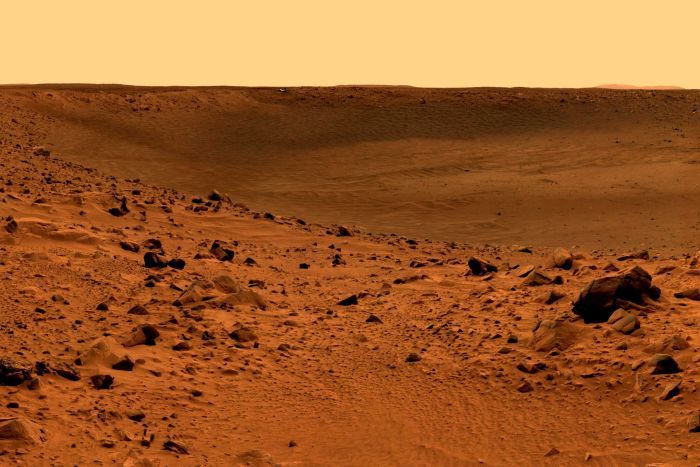For my last Science blog I will explain what we did in Science class for the final project of Science PLP 10. For this last unit in Science we studied astronomy. For the last year in PLP Science all the projects students have done have all been on the same topic within the overall theme. But this time it was different. For this unit we chose different topics and different projects in partners. The projects we could choose from were radioactivity and radiation in space, nuclear reactions (how a star works), possibility of colonizing of planets (Mars or the Moon), star life cycles, evidence of the Big Bang formation of the universe, First Nations stories of the creation, components and scale of our solar system, and telescopes and astronomical measurements. My partner Alex and I decided to choose radioactivity and radiation. Each topic would have two teams or partners studying it. So Alex and I decided to focus on the radioactivity side of the radioactivity and radiation project.
Alex and I set off to create a keynote presentation. Our driving question was ‘What are the different radioactive levels in planets and how is it reflected in their environment’? When we set off on this project we wanted to create a scale of sorts that would show the most radioactive planet to the least radioactive planet. We spent a lot of time researching on the interweb. After a extensive time researching we came to the conclusion that there is no way yet to tell which are the most radioactive planets but this is a Science project and we can’t just have that as our conclusion. So the Alex and I talked to our teacher Mr. Gross and after an informative talk we decided to change our focus a little bit and focused more on Earth and provide different information on how radioactivity affects certain planets. We covered Mercury, Venus, Earth and Mars.
Earth
So Alex and I set off researching again. We found a lot of information about the four planets that we focused on. For the presentation side of the project we decided to stick with the keynote. For the keynote we focused on two aspects for each planet. First we would gave some facts about the environment and then talked about how radioactivity has affected the planet. For example if we look at Mars the environment is cold, dry and there is a lack of oxygen. There is also no protective atmosphere like on Earth so that means that Mars is exposed to a lot more radiation than Earth. To be specific it gets 7.5 times the amount of radiation that Earth gets. Alright we finished up our keynote and put all of our research into the slides and presented it to our class. We explained to our classmates that putting planets on a scale of radiation is very hard and challenging thing to do and that it hasn’t been done before.
Mars
For this project the grading was a little different. We had to pick 4-6 core competencies that we would be graded on. The 6 core curriculum competencies for Science were: Questioning and Predicting, Planning and Conduction, Processing and Analyzing data and information, Evaluating, Applying and Innovating, and Communicating. Alex and I picked Questioning and Predicting, Planning and Conducting, Processing and Analyzing Data, and Communicating. We sent that to our teacher Mr. Gross for him to evaluate.
As we listened to all of the projects we had to take notes and create a mind map on all of the topics and how they all connected.
Here is my mind map.
It is amazing to think that everything within Astronomy can be connected together in some way or another. Coming back to our Radioactivity Project, it was super fun and interesting to learn about Astronomy and the universe we live in. I am proud of what Alex and I accomplished and I gained a lot of knowledge about Astronomy.




